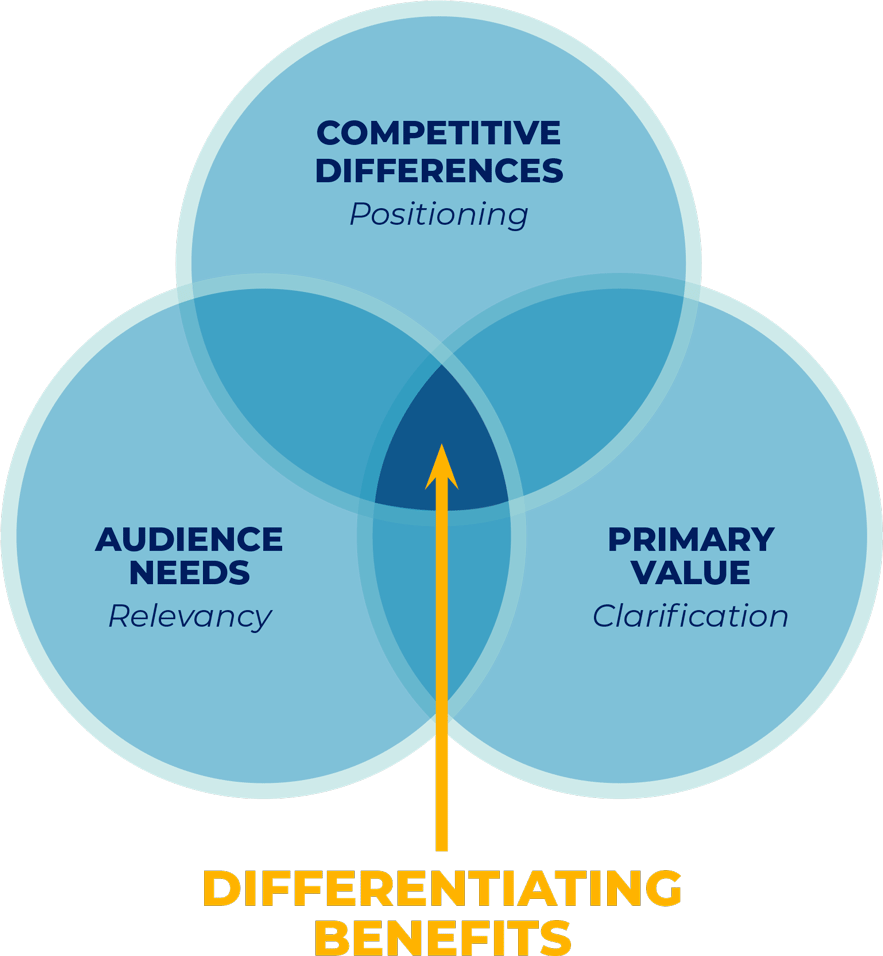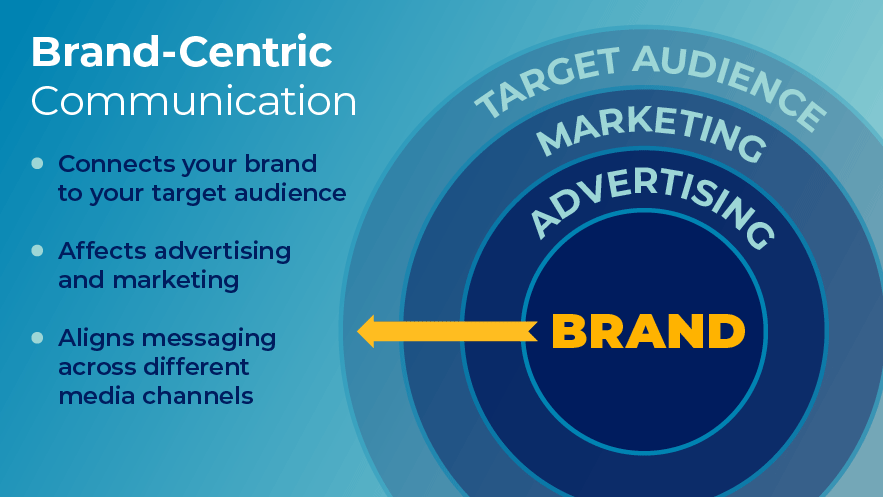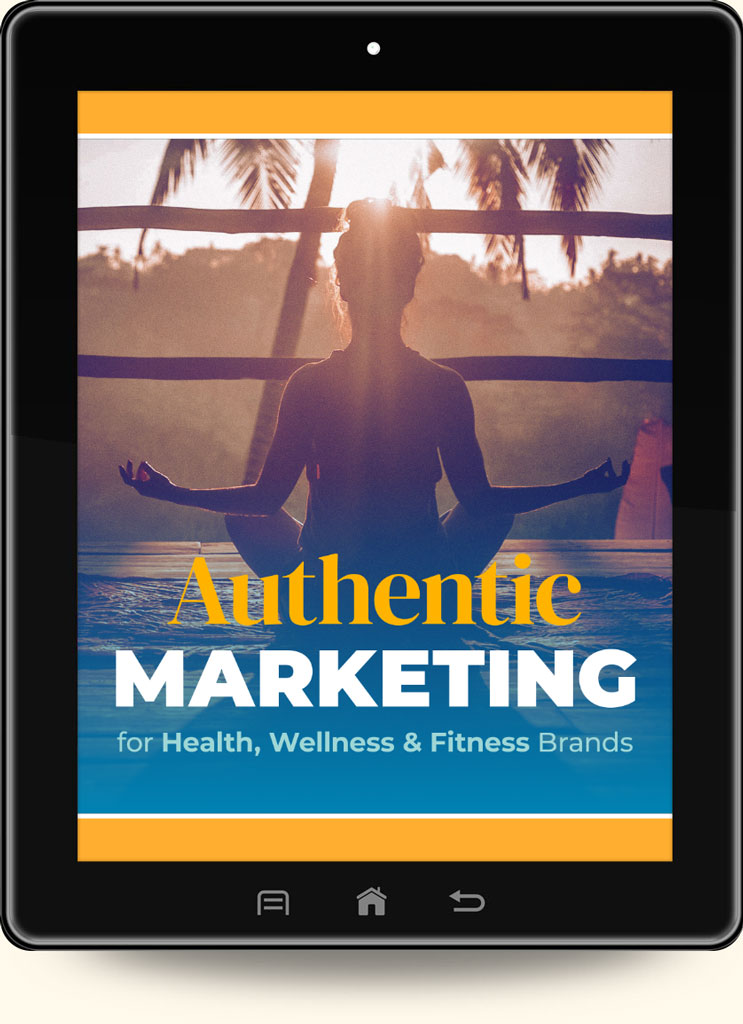Before we power up with branding, a couple of quick questions:
- How confident do you feel about your marketing strategies?
- Are your efforts exceeding your expectations?
- Are your results clear-cut and predictable?
If you’re anything like me, you haven’t always been 100% certain when it comes to marketing. Some outcomes don’t meet expectations, and it’s not apparent what’s working and why.
Sometimes it feels like you’re throwing spaghetti against the wall to see if it sticks.
And that’s normal. I’ve been a creative professional for over two decades and have seen very few strategies produce predictable results right away. Learning curves and adjustment periods are typically associated with new approaches.
It’s not unusual for marketers to make bold claims, generate false positives, and move on to something shinier before the smoke clears. But the strategy I’m about to share is no smokescreen.
I’ve implemented brand-centric marketing approaches for years. The best part is that they’re consistent and work as expected.
Brand-centric approaches don’t have anything to do with trends, fads, or the latest social media platform. You don’t even have to learn a dance routine to create brand-centric content.
With clear branding, you can anticipate how people will respond to your messaging. When you know why people are engaging, your sales and onboarding processes are much easier to navigate.
From years of experience, I can tell you that a winning strategy is more powerful than you might realize.
What is brand-centric content?
The following is oversimplified, but brand-centric content leverages brand messaging to align with your audience. That might seem intimidating, but it’s less complex than it sounds.
A brand-centric approach can be supplementary and doesn’t have to replace your existing strategy. It simply reinforces the essence of your brand in new ways.
Brand-centric strategies employ an inside-out approach. They’re rooted in your brand epicenter rather than an external focus on your customer segments, user types, personas, leads, prospects, sales initiatives, or trends.
If you have a brand value proposition, brand promises, or brand pillars, now’s the time to put them to use. If you haven’t documented your brand messaging yet, this strategy is an excellent place to start.
How does branding add value to your marketing?
I mentioned that a brand-centric strategy produces predictable results. That’s the beauty of this method. You’ll receive predictable feedback that stems from the solidity of your brand.
Brand-centric content removes the guesswork, hesitation, and confusion of scattershot marketing. It adds focus to your outreach, simplifies execution, and helps people remember your special sauce.
Bold claims, I know. But it’s a satisfying feeling when you ask a prospect why they’re interested and already know the likely answer.
A working strategy beats the hell out of chasing your tail to get actionable feedback from trial and error.
Being different is where it all begins
Being memorable is the cornerstone of great branding. And the most viable way to be remembered is by being different.
If you want prospects to remember your brand, you have to make a unique impression. You want to be unlike the nearest competitive alternative. That means you need a “hook” to stand out.
To create brand-centric content that sticks, identify how you’re different from the competition in a way that implies value. The marketing jargon for this is a “differentiating benefit.”

When you’re getting started, I recommend selecting one difference and drilling down. Once you get the hang of this mode of thinking, it’s easy to generate dozens of new content ideas.
When analyzing your main difference, try to find the underlying principles that make it valuable. It’s OK to identify several reasons why your difference is worthwhile. But it’s best to isolate and emphasize the best of the bunch.
Once you’re happy with a hook, the goal is to expose problems, challenges, obstacles, and pain points relevant to your audience. These issues should heavily influence your content choices.
While this strategy is brand-centric, your content puts your audience and prospects in the spotlight—even though it spawns from your brand. The idea is to show empathy for a specific issue and demonstrate your knowledge of the nuances.
Your differentiating benefit should solve the audience’s pain point directly and with authenticity.
Breaking down a brand-centric example
I use three brand pillars for Rob Knapp Design:
- Brand pillar #1: Strategic
- Brand pillar #2: Experienced
- Brand pillar #3: Versatile
My brand pillars are my differences. Unlike many of my freelance competitors, I have tens of thousands of hours of professional creative experience. So that’s an enticing hook to highlight.
Why are two decades of experience valuable to my audience?
- I can be helpful and intelligently field questions
- Experience instills confidence and trust in others
- It adds social proof
- I can provide guidance and direction
- Experience implies professionalism
- It’s a safe choice
- I can work with autonomy
In a nutshell, it’s less risky to hire for experience. Sure, it might be a little more expensive up-front, but the long-term results outweigh the initial investment. From this perspective, it’s logical to see risk as a legitimate pain point that experience naturally alleviates.
You may have noticed an essential detail: I’m not guessing. I haven’t targeted a specific user type, persona, or ideal prospect. The content I create based on a risk pain point will spontaneously align with actual people: no psychographic guesstimates are required.
I could create content around the inconsistencies, hand-holding, time-wasting, guesswork, and confusion of inexperienced freelancers. A post about the pitfalls of hiring from Upwork, Fiverr, and Freelancer would work nicely for this.
When strangers engage with my brand-centric content, I’ll know that they resonate with risk mitigation and will likely show interest in an experienced, trustworthy contractor.
When I ask them why they’re interested in moving forward, they’ll likely mention my experience or a successful case study. And it’s no accident that my “experience” brand pillar blankets my marketing footprint.
Next steps toward more predictable marketing
If you’re honest with yourself, have you been mimicking other brands? Can you see the potential disasters of that approach? Or are you emphasizing forgettable themes like price, quality, and delivery speed?
With this in mind, maybe it’s time to update your content strategy. If you want to take a stab at a brand-centric approach, nail down the following elements:
- How you’re unlike the nearest competitive alternative
- Why that difference is valuable
- How the absence of your unique benefit can be a pain point
- Content that demonstrates how your hook solves real-world problems relevant to your audience
If you’re interested in diving deeper into this concept, I wrote a no-cost strategy guide that includes more depth, examples, and three brand positioning templates you can start using today to stand out.








